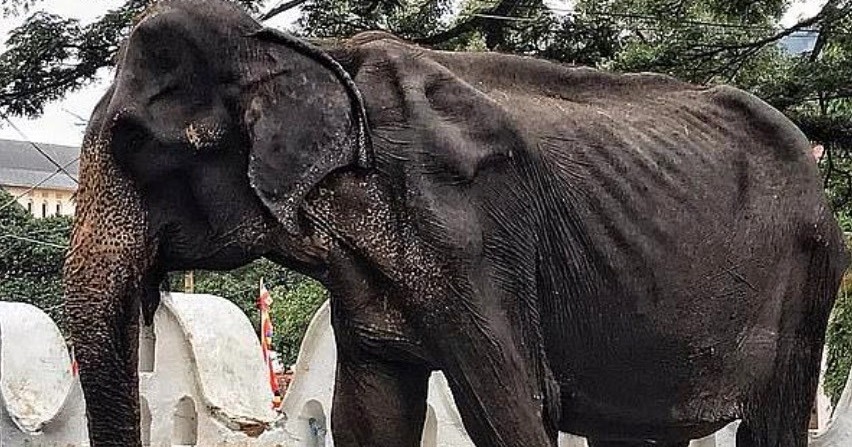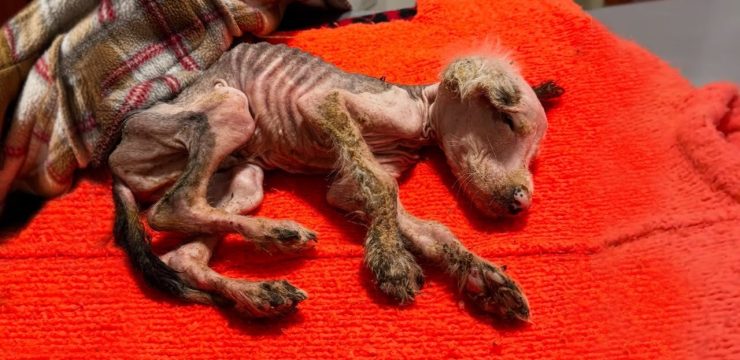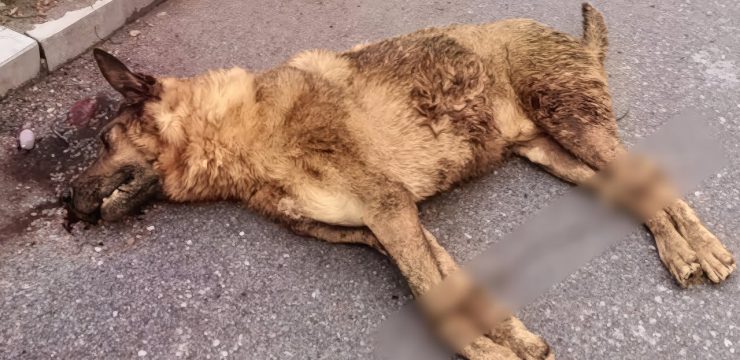In 2019, distressing photos of a skeletal elephant forced to participate in a ten-day religious parade in Sri Lanka captured the world’s attention and ignited a global outcry. What followed was a wave of petitions, emotional reactions, and heartfelt calls for justice. Yet many people remain unaware of the painful aftermath and the legacy left behind by this gentle giant.

The elephant, named Tikiiri, was around 70 years old at the time. Her frail body and sunken frame revealed just how poorly she had been treated, with her bones clearly visible beneath her skin. Despite her obvious suffering, she was forced to march night after night during the annual Perahera Festival—a major Buddhist celebration held in Sri Lanka. As a part of the festivities, she had to walk alongside dancers, fire-breathers, jugglers, and musicians, all while wearing a costume designed to cover her bony figure and hide her emaciated state from festival-goers. This costume gave the illusion of elegance, but beneath the fabric was a body weakened by years of neglect.
Tikiiri was one of 60 elephants made to walk several miles each night during the ten-day event, regardless of their condition or age. Each evening, she would join the parade early and march through the noise, smoke, bright lights, and the chaos that came with fireworks and music. Her suffering was concealed under layers of tradition and spectacle. The petition launched by Save the Elephant Foundation as part of World Elephant Day drew the world’s attention to her tragic condition. Their images and message resonated deeply with animal lovers and activists around the globe.
“No one sees the tears in her eyes,” the petition read, “injured by the bright lights that decorate her mask. No one sees her struggle to walk, as her legs are shackled short while she moves.” The message questioned the integrity of the ceremony, asking, “How can we call this a blessing or something holy if we cause another living being to suffer?” These words touched a nerve, and more than 100,000 people signed the petition demanding immediate action to end such inhumane practices.
Many of the comments were filled with heartbreak and frustration. “Any level of cruelty to animals is reprehensible,” one signer wrote. “This level of cruelty is absolutely deplorable. I only hope this elephant can be saved.” The petition also called upon the then Prime Minister of Sri Lanka, Ranil Wickremesinghe, urging him to intervene and ensure no more elephants would endure the same abuse.
In response to the public outcry, Tikiiri was eventually removed from the parade and returned to her owner in Rambukkana. But for Tikiiri, it was too late. Her condition continued to deteriorate, and she never recovered. In late September 2019, news broke that the beloved elephant had passed away. According to her owner, she died on a Tuesday afternoon, with a post-mortem scheduled for the following day to determine the exact cause of death. While her passing marked the end of her visible suffering, it also served as a haunting reminder of the torment she endured for most of her life.
Described by some as having lived a life of “slavery,” Tikiiri’s story reflects a broader issue faced by captive elephants used for entertainment and religious rituals. Her life was not one of freedom, but of obedience and pain. In a statement released following her death, the Save the Elephant Foundation expressed both sorrow and a renewed sense of purpose. “The sad news is just out tonight that Tikiri passed away this evening,” the statement began. “There is both sorrow and relief here. To think of her brings such pain to my heart. That hard service was her life, and not freedom, carries for me a commitment to others who yet suffer.”
The foundation’s founder spoke with emotion and resolve, saying, “That we could not help her before her eyes would shut forever fosters a renewed courage and bears a responsibility for us to find safe refuges for all of the captive giants born under the yoke of man. What we wished for Tikiri—even a few days of freedom with love and care—we will demand for others.” They recalled the day they met her, saying, “Her eyes locked with mine, telling me all that I needed to know. Her own fear and anger and sorrow are now part of that longer memory of her kind, which should bear us no affection. Tikiri’s suffering has ended. Her soul is now free. No more harm can come to her. RIP dear Tikiri. Never look back to this world so cruel toward you and your friends.”
Her story forces a painful reflection on humanity’s treatment of the natural world. It compels us to confront the reality that many animals are still subjected to unspeakable suffering, masked behind culture, religion, or entertainment. Tikiiri’s experience was not just an isolated tragedy—it symbolizes the many voiceless beings that continue to suffer without global attention.
As one commentator put it plainly: “Humans. We are the worst thing to happen to this planet. Our cruelty is beyond measure. If animals could speak, we would weep. If nature had a voice, we would have to hide away in shame.”
Tikiiri’s legacy should not fade. Her life and death remind us that compassion must always come before tradition, and that the beauty of any ceremony should never rely on the suffering of another creature. Though she may no longer walk this earth, her story marches on—compelling us to do better, be kinder, and never ignore the silent cries of those who cannot speak for themselves.





